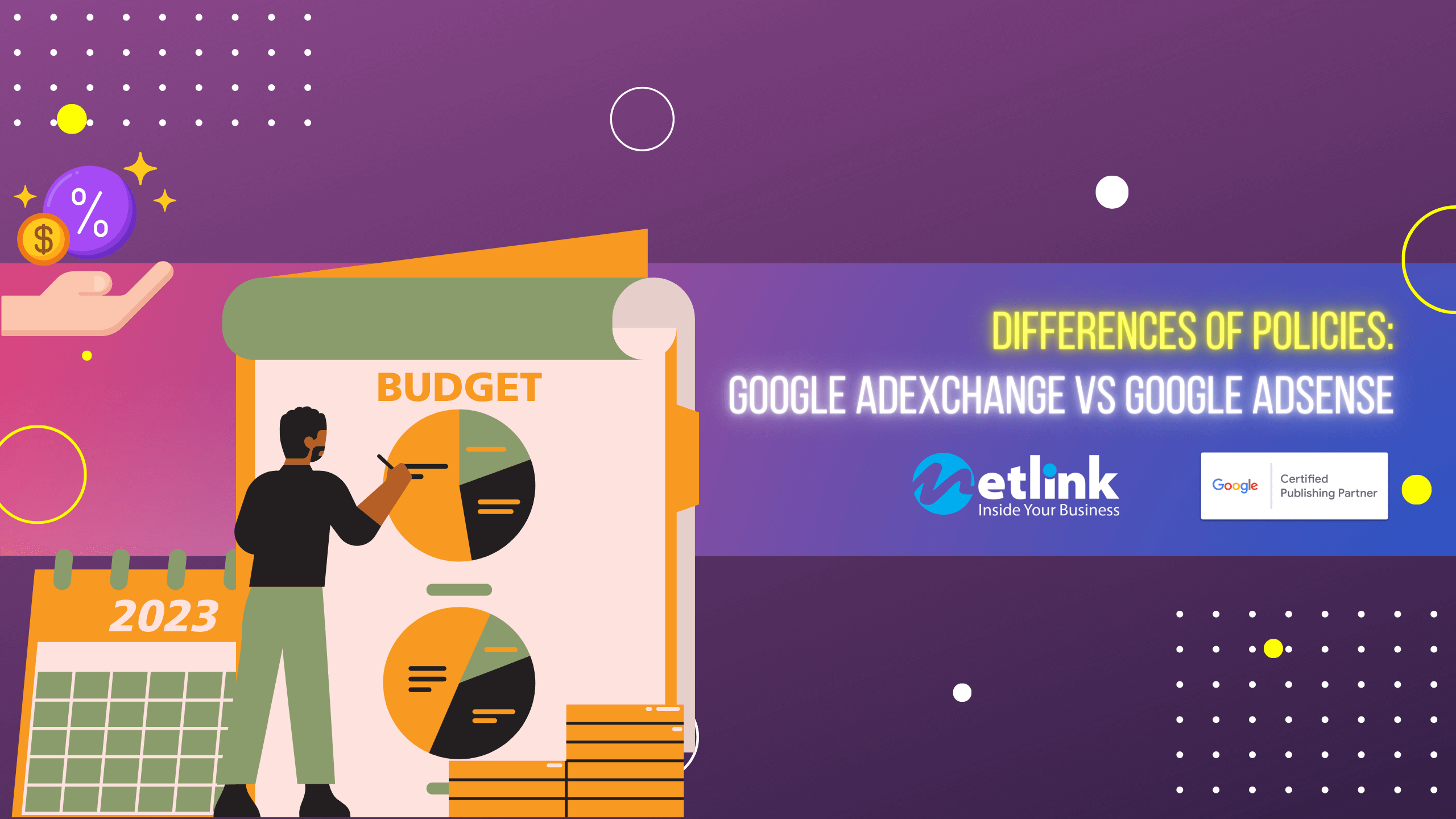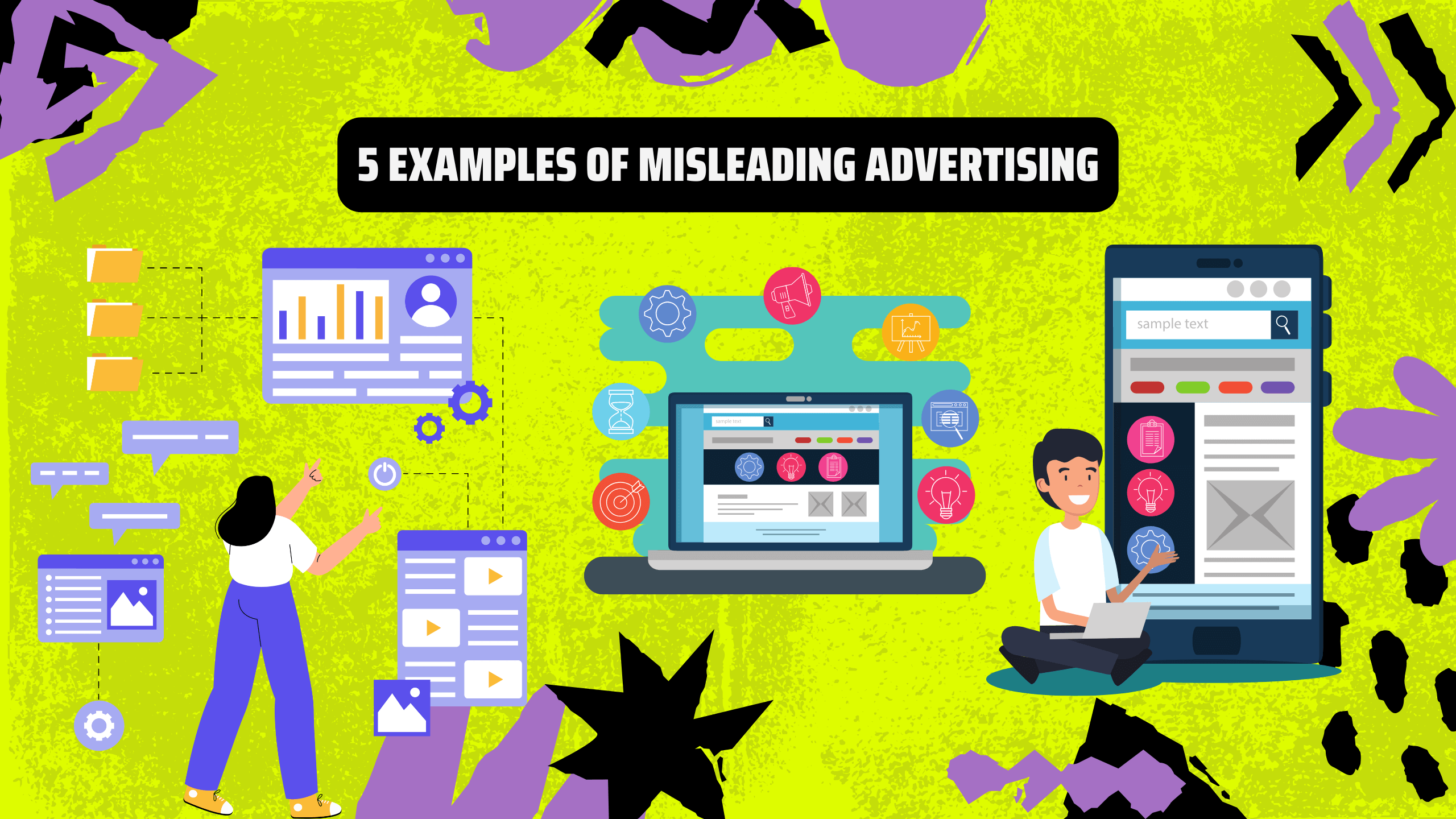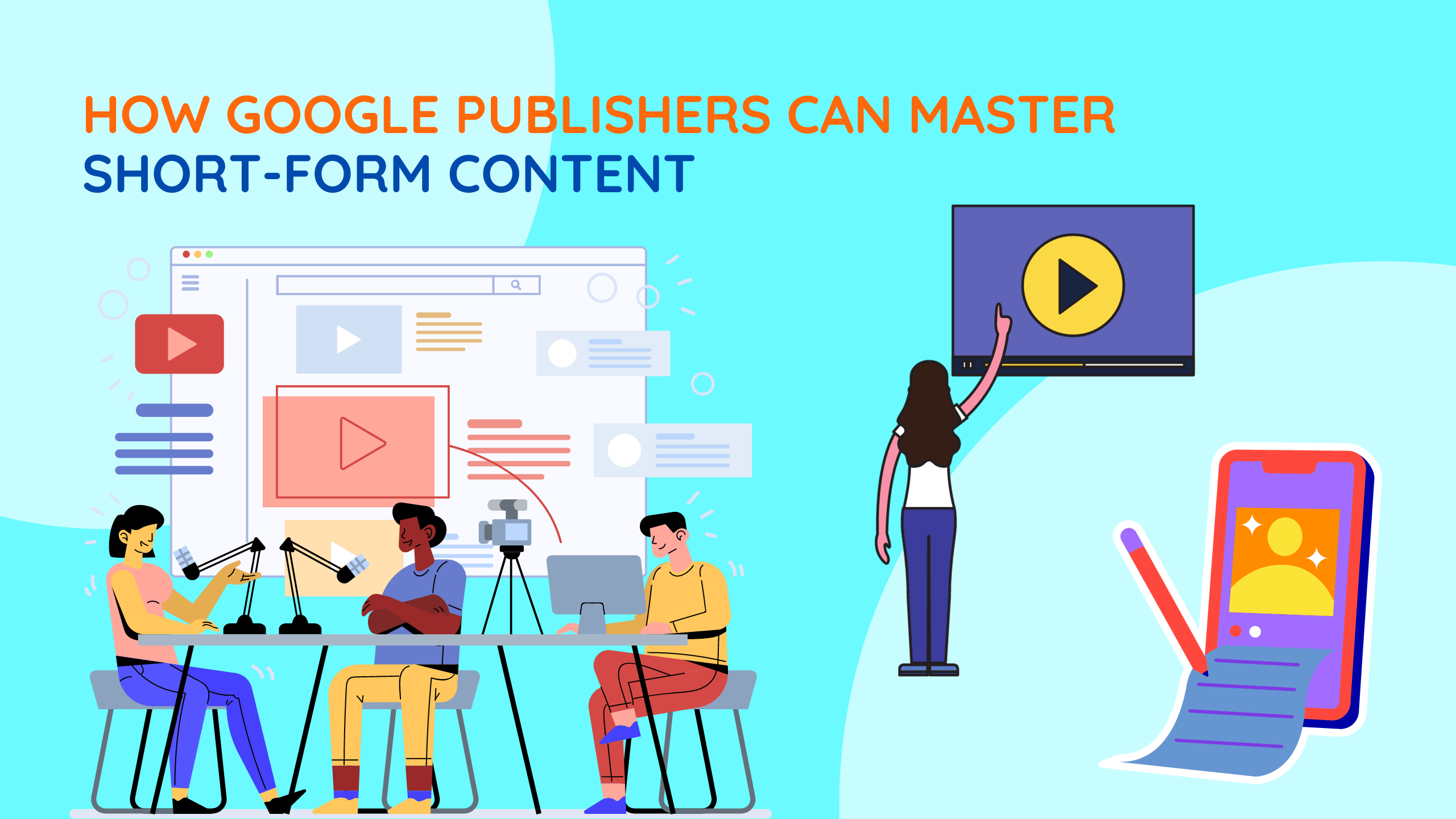In the ever-evolving world of online advertising, Google plays a pivotal role in connecting publishers with advertisers through its suite of tools. Two key players in this ecosystem are Google AdExchange and Google AdSense. While both serve the same fundamental purpose, they have distinct policies that govern how publishers can monetize their content and how advertisers can reach their target audience. In this comprehensive guide, we will explore and compare the policies of Google AdExchange and Google AdSense to help publishers and advertisers navigate the digital advertising landscape effectively.
Google AdExchange: A Premium Marketplace
Google AdExchange, often referred to as AdX, is a premium programmatic advertising marketplace that connects publishers with a vast network of advertisers and agencies. It’s designed for larger publishers who want to maximize their ad revenues and have more control over their inventory. AdX operates on a real-time bidding (RTB) platform, allowing advertisers to compete for ad placements in milliseconds.

AdExchange Policies
Ad Quality: AdExchange has stringent ad quality policies to ensure that ads are safe, non-intrusive, and don’t disrupt the user experience. It prohibits certain types of ads, such as those with auto-play videos, pop-ups, and misleading content.
Brand Safety: AdX prioritizes brand safety and prohibits ads that contain or promote harmful content, including hate speech, violence, and adult content. It uses advanced technology to filter out potentially unsafe ads.
Privacy: AdExchange adheres to strict privacy policies and complies with data protection regulations like GDPR. It requires advertisers to follow privacy guidelines and obtain user consent for data collection and usage.
Invalid Traffic: AdX closely monitors for invalid traffic, including click fraud and bot traffic. It has mechanisms in place to detect and prevent fraudulent activity.
Ad Formats: AdExchange supports a wide range of ad formats, including display, video, native, and more. However, it maintains strict guidelines on ad sizes and formats to maintain a seamless user experience.
Ad Placements: AdX allows publishers to have more control over ad placements and ad formats. Publishers can set rules and pricing floors for different ad slots on their websites.

Google AdSense: Monetization Made Easy
Google AdSense is a user-friendly advertising program designed for smaller publishers, bloggers, and website owners looking to monetize their content. It’s an excellent choice for those who want a hassle-free way to earn revenue by displaying ads on their websites. AdSense uses contextual targeting to deliver relevant ads to users based on the content of the page they’re viewing.
AdSense Policies
Ad Quality: AdSense maintains strict ad quality standards to ensure that ads are safe and non-intrusive. It prohibits certain ad types, like pop-ups, pop-unders, and misleading ads.
Ad Formats: AdSense offers various ad formats, including display, text, video, and responsive ads. Publishers can choose the formats that best suit their websites.
Ad Placements: AdSense uses automated algorithms to determine the optimal ad placements on a website. Publishers can customize ad placements to some extent but have limited control compared to AdExchange.
Content Guidelines: AdSense enforces content guidelines to ensure that ads are displayed on pages with appropriate and high-quality content. It prohibits content that violates its policies, such as hate speech, violence, and adult content.
Invalid Traffic: AdSense monitors for invalid traffic and has measures in place to detect and prevent click fraud and bot traffic.
Privacy: AdSense complies with privacy regulations and requires publishers to provide transparent privacy policies and obtain user consent for data collection and ad personalization.

Comparing the Policies
While both AdExchange and AdSense aim to create a safe and profitable advertising environment, there are key differences in their policies:
Access and Eligibility: AdExchange is typically reserved for larger publishers who meet specific traffic and content quality criteria. AdSense, on the other hand, is more accessible and suitable for smaller publishers and bloggers.
Control Over Ad Placements: AdExchange provides publishers with more control and flexibility over ad placements and pricing. AdSense relies more on automated algorithms to determine ad locations.
Revenue Potential: AdExchange often yields higher revenue potential due to real-time bidding and the ability to set pricing floors. AdSense offers a more straightforward monetization solution but may have lower earning potential for some publishers.
Ease of Use: AdSense is known for its user-friendly interface and ease of implementation. AdExchange may require more technical expertise and management.
Content Guidelines: Both platforms have stringent content policies, but AdExchange’s policies are often more comprehensive due to its premium nature.
Ad Formats: AdExchange supports a broader range of ad formats, including more advanced options like programmatic video. AdSense offers a simpler selection of formats.
Privacy and Compliance: Both platforms prioritize user privacy and data protection, but AdExchange’s compliance requirements are often more complex due to its premium status.
In conclusion, the choice between Google AdExchange and Google AdSense largely depends on your specific needs and the scale of your publishing operation. AdExchange is ideal for larger publishers seeking maximum revenue control, while AdSense offers an accessible and hassle-free solution for smaller publishers. Understanding the policies and nuances of each platform is essential for making an informed decision in the dynamic world of digital advertising.











